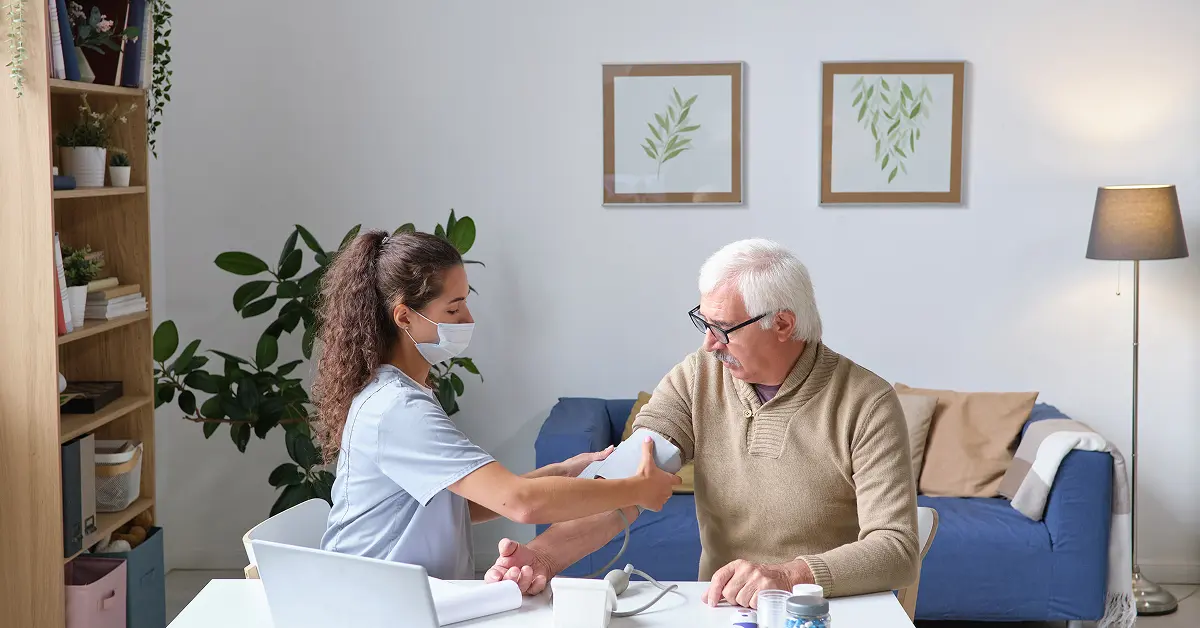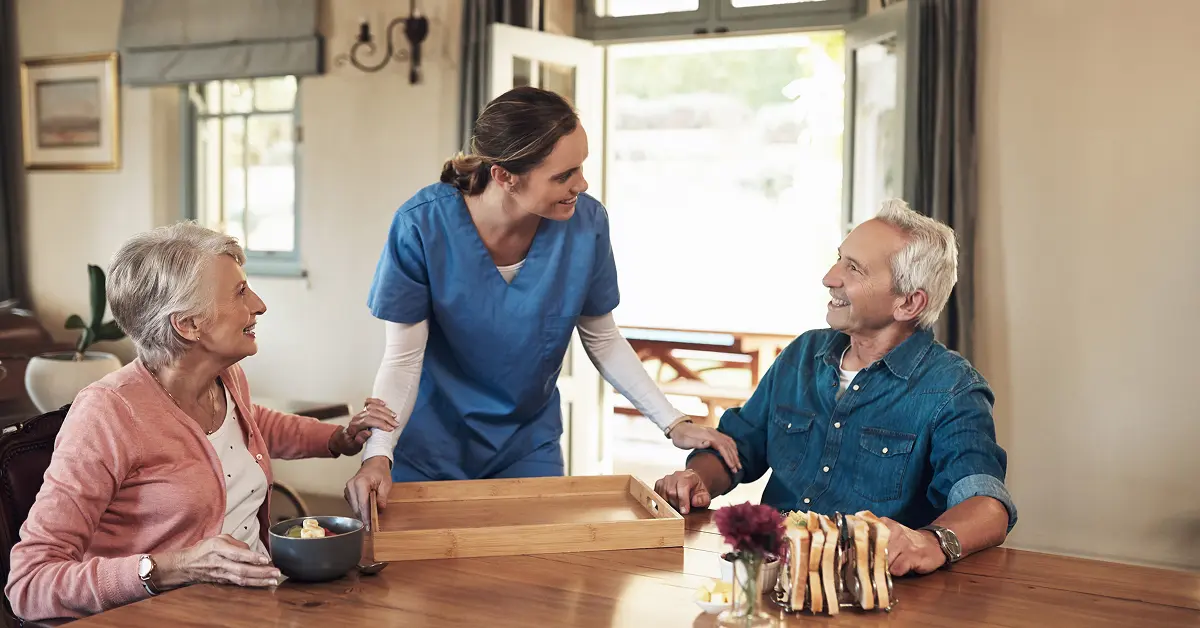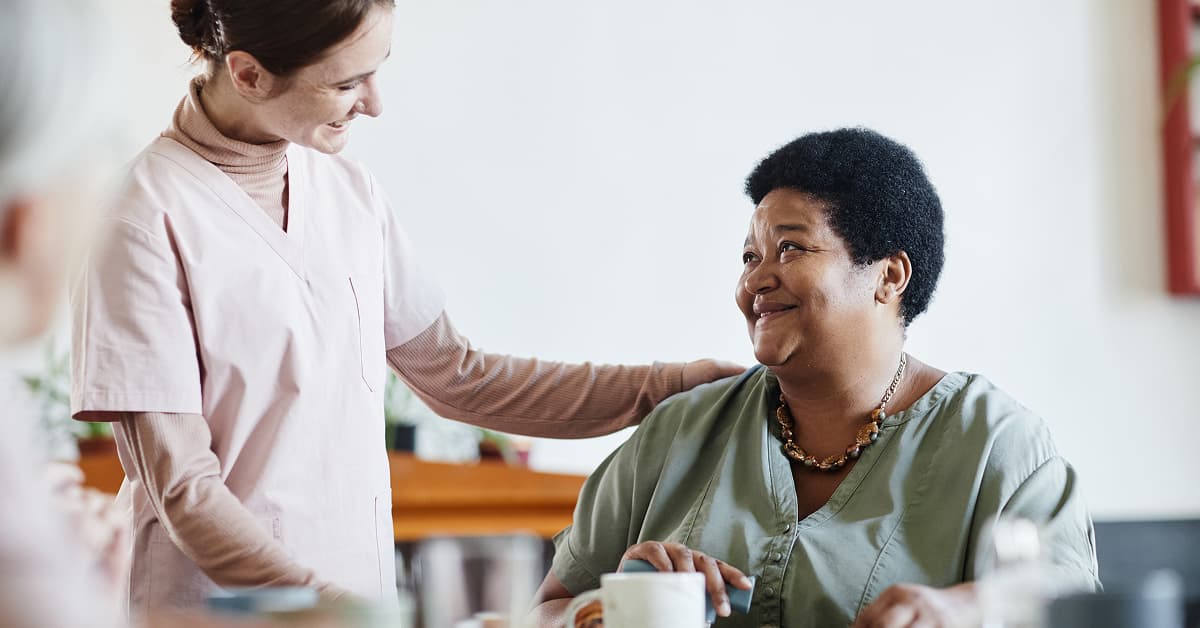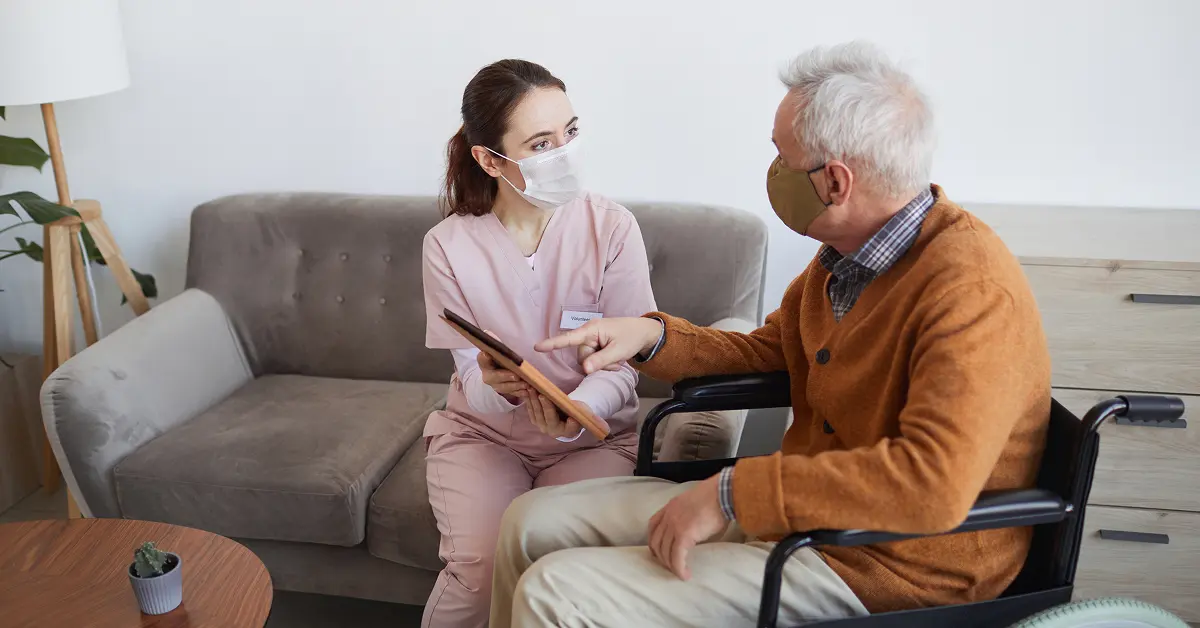As our loved ones age, their needs evolve. One of the most critical aspects of senior care is ensuring they live in a safe, comfortable, and accessible environment. With the rising preference for aging at home in India, families are now focusing on modifying their homes to suit the changing physical abilities of elderly members. Fortunately, a few thoughtful changes can significantly enhance safety and help seniors maintain their independence.
In this blog post, we’ll walk you through practical ways to set up your home for safe senior living—from reducing fall risks to improving mobility access and everyday usability.
Understand Common Senior Safety Hazards at Home
Before making changes, it’s important to identify potential hazards in your home. According to several studies and surveys in India, falls are the leading cause of injury among the elderly. These often result from:
- Slippery floors
- Poor lighting
- Uneven surfaces
- Inaccessible bathroom facilities
- Clutter and loose wires
By proactively addressing these risks, you can create a home that allows your loved one to move about safely.
Improve Flooring Safety
Your home’s flooring plays a major role in preventing falls. Here are a few flooring safety tips:
- Avoid slippery tiles – Use non-skid tiles or textured flooring, especially in wet areas like the kitchen and bathroom.
- Use anti-slip mats or carpets – These should be securely attached to avoid tripping.
- Eliminate thresholds and uneven floors – These can cause stumbling and should be levelled out if possible.
- Remove clutter and cords – Keep pathways clear of wires, loose items, or low furniture.
Ensure Adequate Lighting in Every Room
Good lighting is essential for seniors with weakened eyesight. Here’s how to optimise lighting:
- Use LED lights with white tones for better clarity.
- Install night lights in hallways, staircases, and bathrooms.
- Place light switches at accessible heights and install remote-controlled or motion sensor lights.
- Add task lighting near reading or activity areas.
Natural lighting should also be maximised during the day, so keep windows unobstructed and use light-coloured curtains.
Make Bathrooms Senior-Friendly
Bathrooms are among the most dangerous spaces for seniors. Consider these safety features:
- Grab bars near the toilet and inside the shower.
- Anti-slip flooring or mats.
- Western-style toilets with seat raisers for ease of sitting and standing.
- A shower chair or foldable bench for stability during bathing.
- Handheld shower heads for convenience.
Also, ensure hot water geysers are set to moderate temperatures to avoid burns.
Upgrade Furniture for Accessibility and Support
Furniture should be comfortable yet functional for the elderly:
- Choose firm sofas and chairs with armrests and straight backs.
- Bed height should be appropriate—neither too low nor too high.
- Install side bed rails if your elderly parent tends to move a lot while sleeping.
- Add a bedside table with essentials like water, spectacles, and medication within easy reach.
- Keep commonly used items at waist or shoulder height to avoid the need for bending or stretching.
Modify Staircases for Safety
If your home has stairs, they need extra attention:
- Install sturdy handrails on both sides.
- Add non-slip treads on steps.
- Ensure bright, uniform lighting throughout the stairwell.
- Consider installing a stairlift for seniors with mobility issues.
For single-floor homes, you may consider reorganising living space so that the elderly member’s room is on the ground floor.
Set Up a Safe and Comfortable Bedroom
Since seniors spend a considerable amount of time in their rooms, it should be:
- Well-ventilated and well-lit.
- Free from clutter and unnecessary furniture.
- Equipped with easy access to switches, remote controls, emergency buttons, and mobile phones.
- Comfortable in terms of temperature control.
A senior-friendly mattress and pillow can also help in alleviating back or joint pain.
Focus on Kitchen Accessibility
If the senior is independent or likes to cook occasionally, the kitchen should be:
- Well-lit with countertops at appropriate height.
- Equipped with easy-grip knobs and pull-out drawers.
- Stocked with lightweight, non-breakable utensils.
- Free of sharp corners on cabinets.
- Designed with auto-shutoff appliances for safety.
Place frequently used items on open shelves or mid-level drawers.
Use Technology to Enhance Safety
Modern technology can help monitor and protect seniors in real-time:
- CCTV cameras for remote monitoring.
- Medical alert systems or emergency call buttons.
- GPS trackers or smartwatches for seniors with dementia.
- Automatic lights or voice assistants like Google Home or Alexa.
These tools can provide peace of mind to family members even when they’re not at home.
Keep Emergency Contacts Handy
Make sure all important numbers are accessible:
- Doctor’s contact
- Ambulance services
- Close relatives or caregivers
- Local pharmacy
- Home nurse (if applicable)
You can place this list next to the landline phone, on the fridge, or near the bedside table.
Involve the Senior in the Setup Process
One of the most crucial aspects of setting up a safe home is involving the senior themselves. They know their routines, difficulties, and preferences best. Their input can help you:
- Prioritise necessary changes
- Avoid overdoing modifications that make them uncomfortable
- Respect their independence and autonomy
This collaborative approach often results in better emotional well-being and acceptance of changes.
Conclusion
Creating a safe and supportive environment at home for senior citizens is an act of love and responsibility. With India’s growing elderly population and increasing preference for aging-in-place, every family must assess their living spaces to ensure they’re conducive to senior health and mobility.
From improving lighting to installing grab bars and ensuring comfortable furniture, the right changes can go a long way in preserving independence, preventing accidents, and enhancing the quality of life for our elderly loved ones.
If you're unsure where to start, consider seeking help from a senior home safety consultant or occupational therapist. Remember, a safe home is a happy home, especially for our elders who deserve nothing but comfort and care in their golden years.
Contents
- Understand Common Senior Safety Hazards at Home
- Improve Flooring Safety
- Ensure Adequate Lighting in Every Room
- Make Bathrooms Senior-Friendly
- Upgrade Furniture for Accessibility and Support
- Modify Staircases for Safety
- Set Up a Safe and Comfortable Bedroom
- Focus on Kitchen Accessibility
- Use Technology to Enhance Safety
- Keep Emergency Contacts Handy
- Involve the Senior in the Setup Process
- Conclusion
Our 24*7 services
Latest Posts
- What Is Respite Care and Why Is It Important
- Affordable home care for senior citizens in India
- Caring for Seniors with Dementia or Alzheimer's at Home
- Senior Caregiving A Guide for Every Family
- How to Write a Caregiver Resume That Gets You Hired
- How Care After Hospital Discharge Speeds Up Recovery at Home
- How to Get Home Health Care for Seniors Through Medicare
- What Does a Senior Citizen Caregiver Really Do at Home
- How to Care for Elderly Parents with Alzheimer’s or Dementia
- How to Get 24-Hour Care for Seniors at Home



